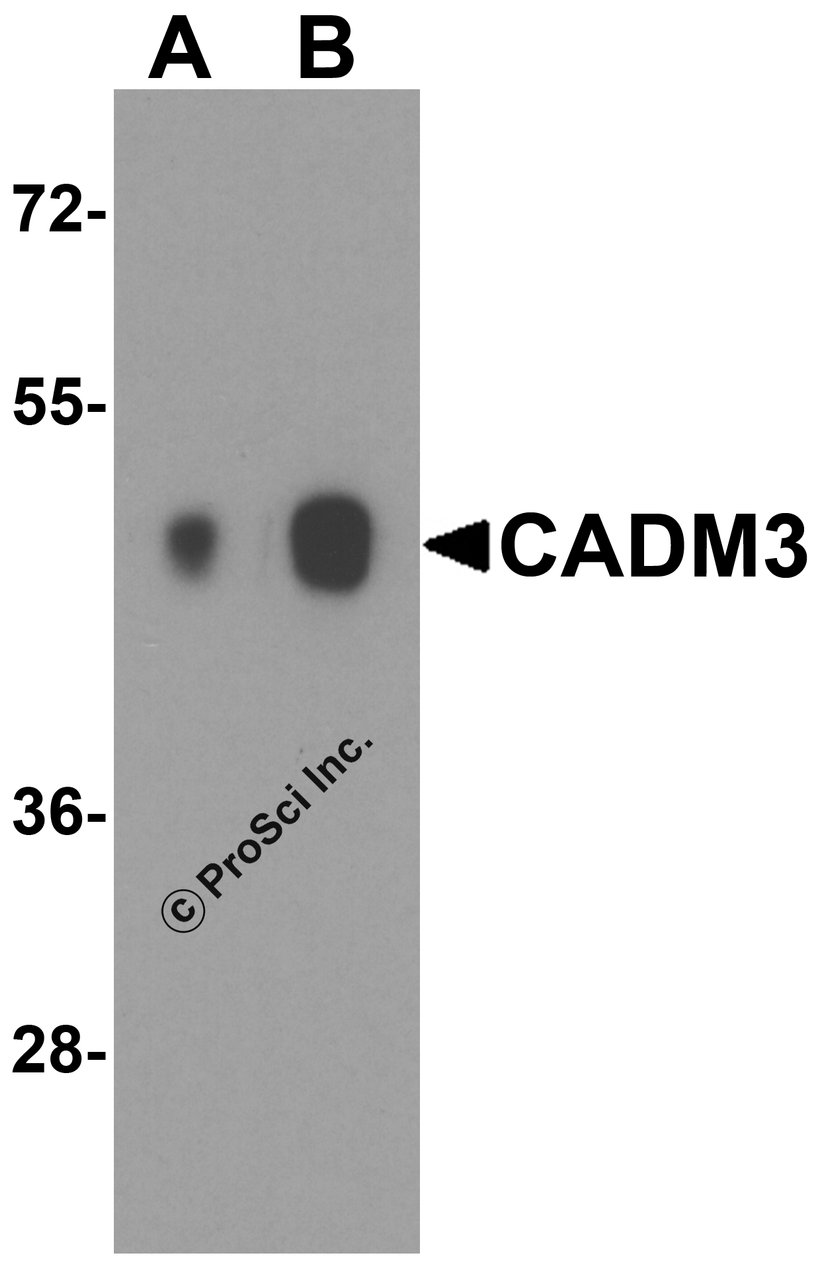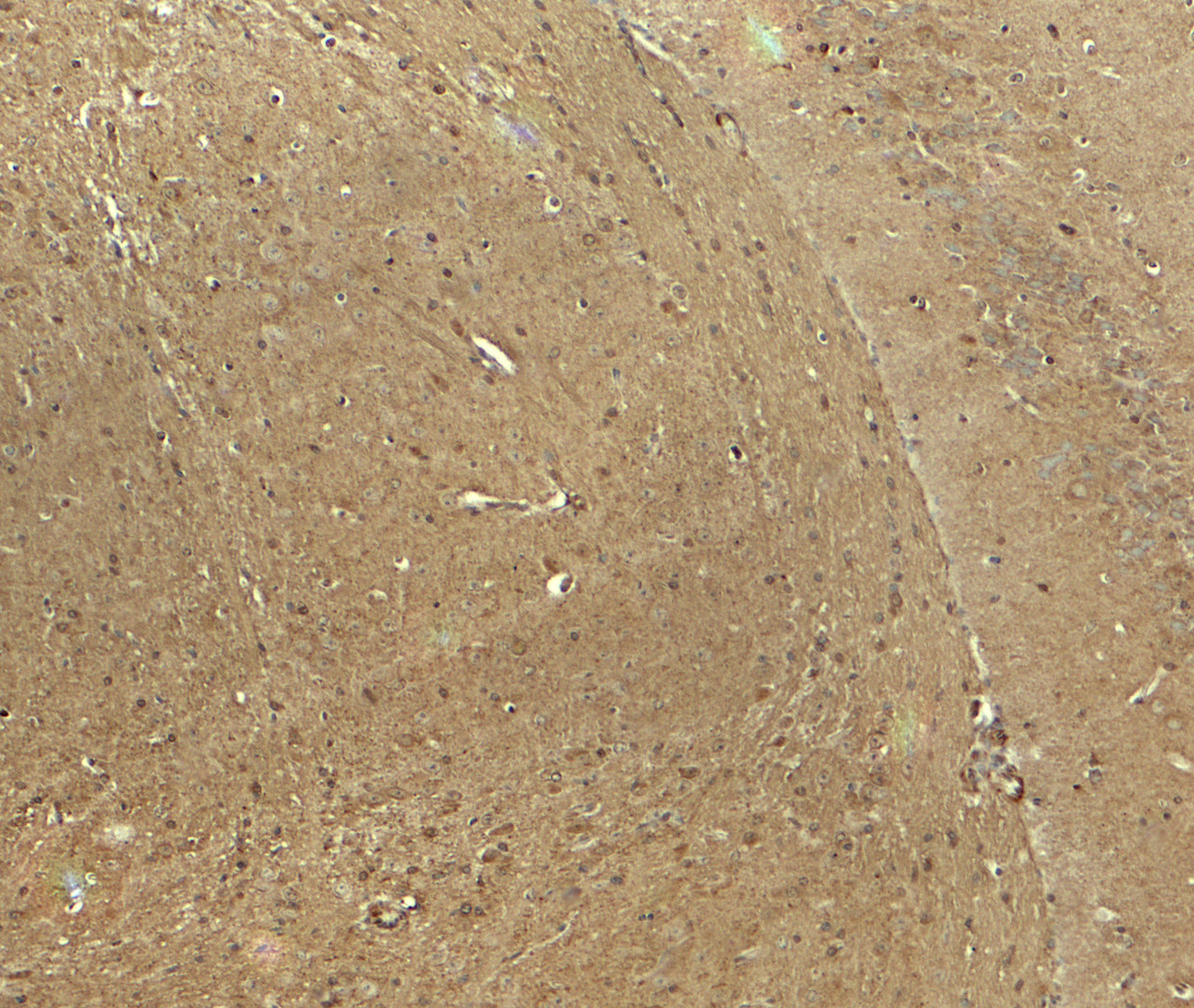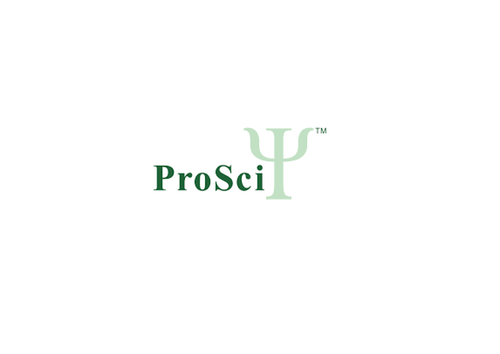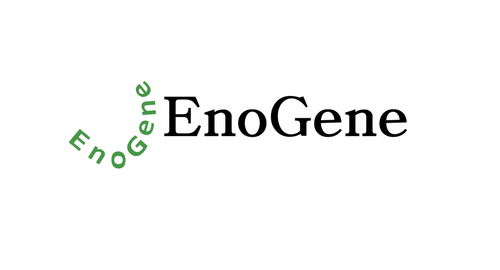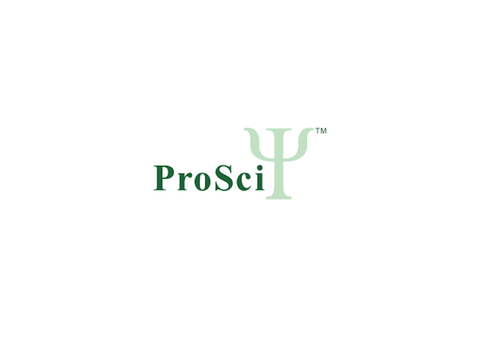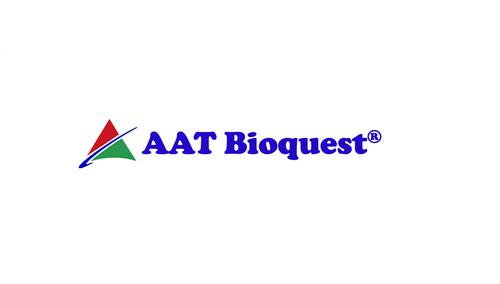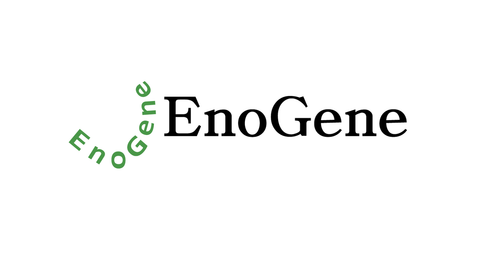Product Description
CADM3 Antibody | 7975 | ProSci
Host: Rabbit
Reactivity: Human, Mouse, Rat
Homology: N/A
Immunogen: CADM3 antibody was raised against a 16 amino acid peptide near the center of human CADM3.
The immunogen is located within amino acids 220 - 270 of CADM3.
Research Area: Neuroscience
Tested Application: E, WB, IHC-P, IF
Application: CADM3 antibody can be used for detection of CADM3 by Western blot at 1 - 2 μg/ml. Antibody can also be used for immunohistochemistry starting at 5 μg/mL. For immunofluorescence start at 20 μg/mL.
Antibody validated: Western Blot in human samples; Immunohistochemistry in mouse samples and Immunofluorescence in mouse samples. All other applications and species not yet tested.
Specificiy: CADM3 antibody is human, mouse and rat reactive. At least three isoforms are known to exist; this antibody will only detect the two longest isoforms. CADM3 antibody is predicted to not cross-react with other members of the CADM protein family.
Positive Control 1: Cat. No. 1303 - Human Brain Tissue Lysate
Positive Control 2: Cat. No. 1403 - Mouse Brain Tissue Lysate
Positive Control 3: N/A
Positive Control 4: N/A
Positive Control 5: N/A
Positive Control 6: N/A
Molecular Weight: Predicted: 44, 48 kDa
Observed: 50 kDa
Validation: N/A
Isoform: N/A
Purification: CADM3 antibody is affinity chromatography purified via peptide column.
Clonality: Polyclonal
Clone: N/A
Isotype: IgG
Conjugate: Unconjugated
Physical State: Liquid
Buffer: CADM3 antibody is supplied in PBS containing 0.02% sodium azide.
Concentration: 1 mg/mL
Storage Condition: CADM3 antibody can be stored at 4˚C for three months and -20˚C, stable for up to one year.
Alternate Name: Cell adhesion molecule 3, BIgR, NECL1, Necl-1, TSLL1, IGSF4B, synCAM3
User Note: Optimal dilutions for each application to be determined by the researcher.
BACKGROUND: Cell adhesion molecule 3 (CADM3) is a member of a family of immunoglobulin-like, calcium-independent cell-cell adhesion molecules (1, 2) . CADM3 localizes to non-junctional contact sites of presynaptic nerve terminals, axons and glia cell processes and is thought to play an important role in the formation of synapses, axon bundles and myelinated axons (3) . Recently, CADM3 has been shown to suppress the growth and tumorigenic ability of colon cancer cells, indicating that it can act as a tumor suppressor (4) .
 Euro
Euro
 USD
USD
 British Pound
British Pound
 NULL
NULL


